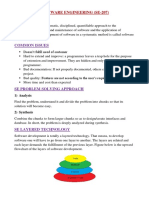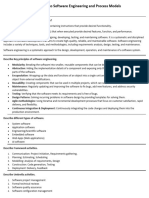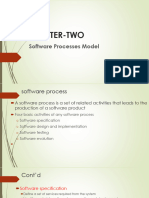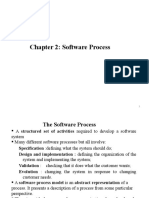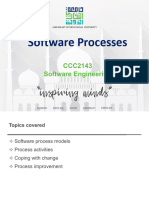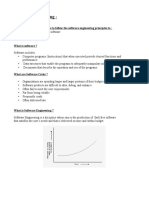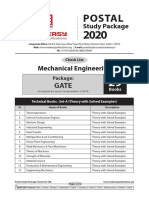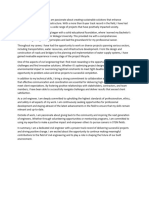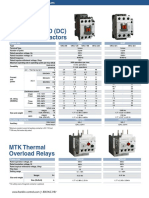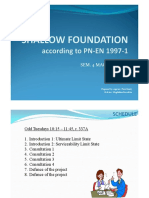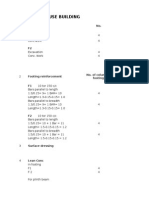0% found this document useful (0 votes)
210 views9 pagesSoftware Engineering Index Cards
The integration and configuration process model requires repeating requirements engineering. This is essential for:
1) Proposing initial requirements and then refining them as reusable components and applications are discovered.
2) Finding compromises inevitable, so the system may not fully meet user needs without refinement.
3) Allowing changes to be incorporated at relatively low cost through incremental development, testing, and delivery of software.
Uploaded by
ghada alshabibCopyright
© © All Rights Reserved
We take content rights seriously. If you suspect this is your content, claim it here.
Available Formats
Download as PDF, TXT or read online on Scribd
0% found this document useful (0 votes)
210 views9 pagesSoftware Engineering Index Cards
The integration and configuration process model requires repeating requirements engineering. This is essential for:
1) Proposing initial requirements and then refining them as reusable components and applications are discovered.
2) Finding compromises inevitable, so the system may not fully meet user needs without refinement.
3) Allowing changes to be incorporated at relatively low cost through incremental development, testing, and delivery of software.
Uploaded by
ghada alshabibCopyright
© © All Rights Reserved
We take content rights seriously. If you suspect this is your content, claim it here.
Available Formats
Download as PDF, TXT or read online on Scribd
/ 9

